180. Artillery Museum
The Artillery Museum (full name: the Military-Historical Museum of Artillery, Engineer and Signal Corps) is located on the Petrograd Side of St. Petersburg, just north of the Peter and Paul Fortress. This museum is notable for its imposing building, an entrance courtyard that looks like a staging area for a massive military operation, and a huge collections of weaponry (there are over 850,000 items from its collections on display - many of which are tanks, cannons, and rockets). In addition to the artillery, firearms, and bladed weapons, numerous paintings, sculptures, and dioramas tell the story of Russia's victories and defeats on the battlefield.
The exhibits are presented in a chronological sequence, beginning with medieval weaponry, progressing to warfare during Russia's imperial period, and concluding with twentieth century conflicts. The museum was founded in 1703 by Peter the Great, so this is the first, largest, and likely the best museum of military history in Russia. I've never seen so many cannons, field artillery pieces, and rockets in one place; literally thousands are on display inside and outside this museum. One of the more interesting exhibits (despite its hagiographical perspective) focuses on Mikhail Kalashnikov, the Russian general who invented the AK-47 assault rifle - the first model in what is still the most popular family of firearms, seven decades after its creation.
The building that houses the museum was constructed in the 1850s and is known as the New Arsenal at Kronwerk. It stands on the site of an earthen (and later, wooden) fortification that was first established in 1705. Artillery has been in place at the fort since the early 18th century. The museum exhibits are currently housed in just 13 rooms of the building, but the rooms are all cavernous and cover a total area of over 17,000 square meters (approximately 183,000 square feet). The entrance staircase is big enough to drive trucks up to the top floor, and indeed, the ramp makes it clear that is exactly how all the heavy armaments there made it to their current location.
This is an old-fashioned museum, with few concessions to developments in exhibit design over the last four or five decades. Nevertheless, I could have spent an entire day here and had to hurry through some of the rooms in order to see everything prior to closing time. My final stop was the museum gift shop, which had an inventory consisting primarily of model tanks and pellet guns - the latter category not something I would ever expect to see in a museum gift shop in the United States!
The exhibits are presented in a chronological sequence, beginning with medieval weaponry, progressing to warfare during Russia's imperial period, and concluding with twentieth century conflicts. The museum was founded in 1703 by Peter the Great, so this is the first, largest, and likely the best museum of military history in Russia. I've never seen so many cannons, field artillery pieces, and rockets in one place; literally thousands are on display inside and outside this museum. One of the more interesting exhibits (despite its hagiographical perspective) focuses on Mikhail Kalashnikov, the Russian general who invented the AK-47 assault rifle - the first model in what is still the most popular family of firearms, seven decades after its creation.
The building that houses the museum was constructed in the 1850s and is known as the New Arsenal at Kronwerk. It stands on the site of an earthen (and later, wooden) fortification that was first established in 1705. Artillery has been in place at the fort since the early 18th century. The museum exhibits are currently housed in just 13 rooms of the building, but the rooms are all cavernous and cover a total area of over 17,000 square meters (approximately 183,000 square feet). The entrance staircase is big enough to drive trucks up to the top floor, and indeed, the ramp makes it clear that is exactly how all the heavy armaments there made it to their current location.
This is an old-fashioned museum, with few concessions to developments in exhibit design over the last four or five decades. Nevertheless, I could have spent an entire day here and had to hurry through some of the rooms in order to see everything prior to closing time. My final stop was the museum gift shop, which had an inventory consisting primarily of model tanks and pellet guns - the latter category not something I would ever expect to see in a museum gift shop in the United States!




































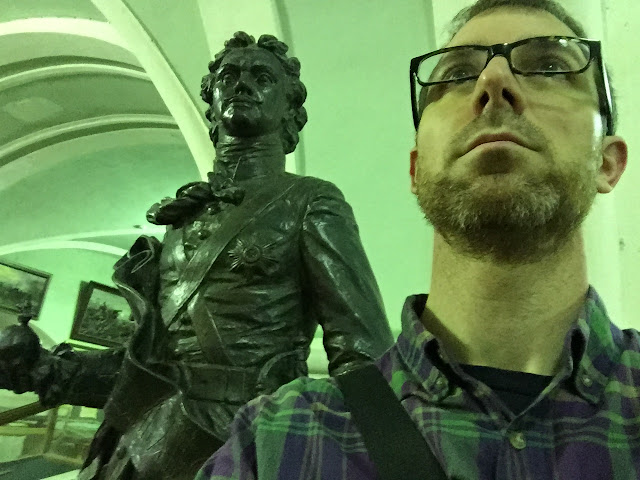




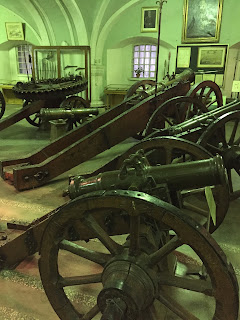


















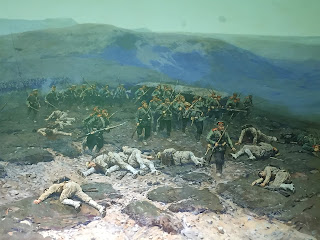

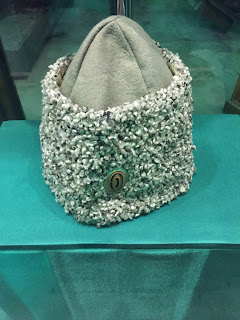








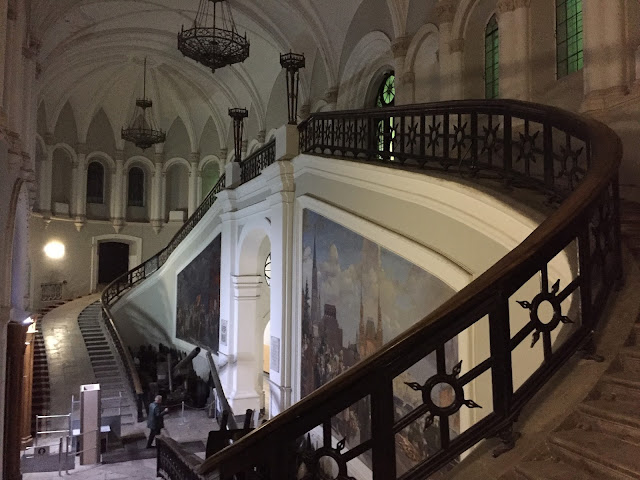











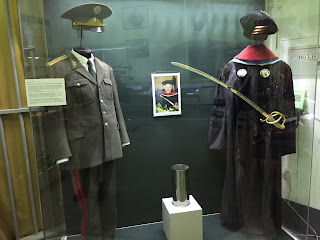



































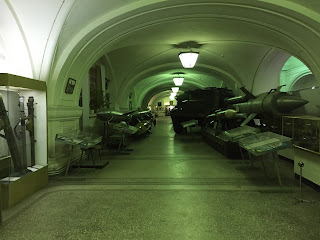

























Comments
Post a Comment